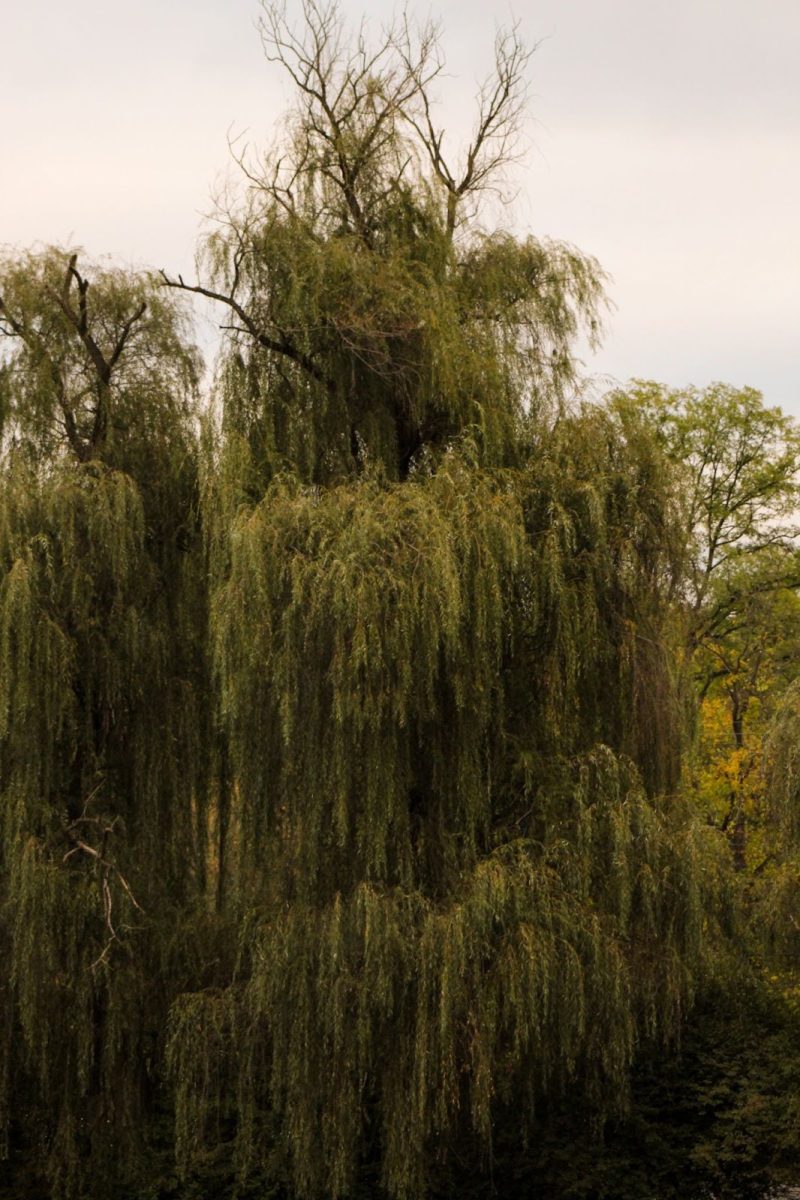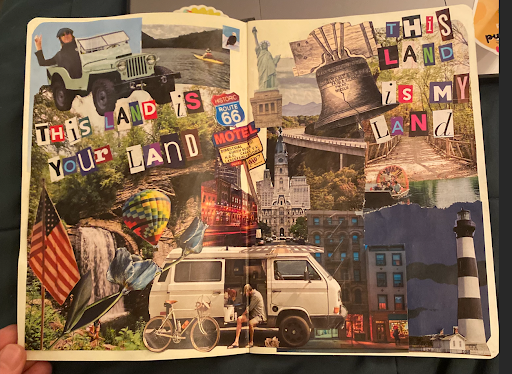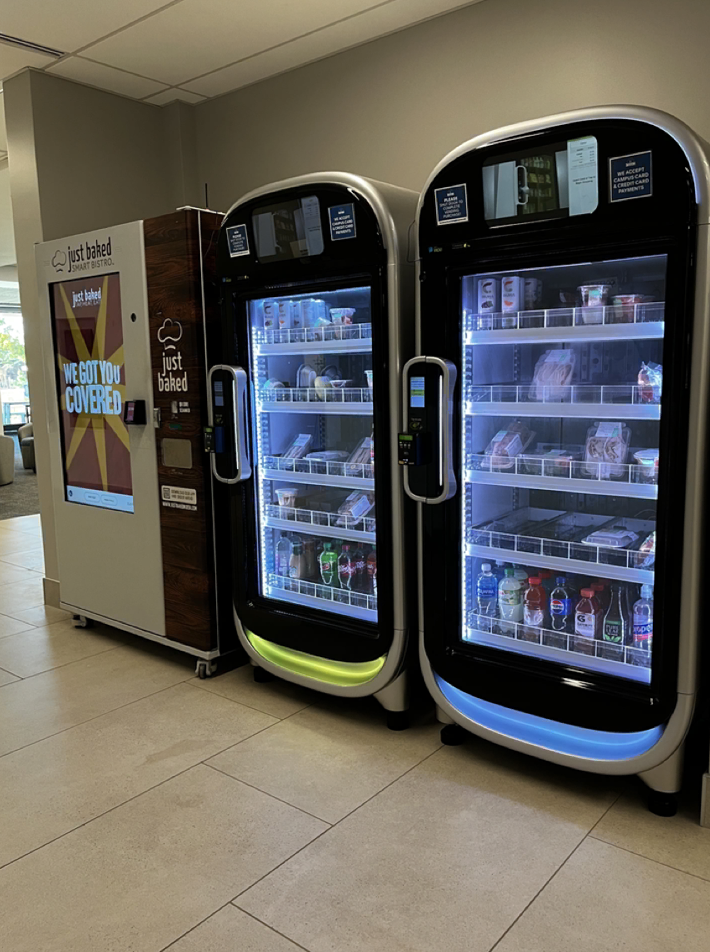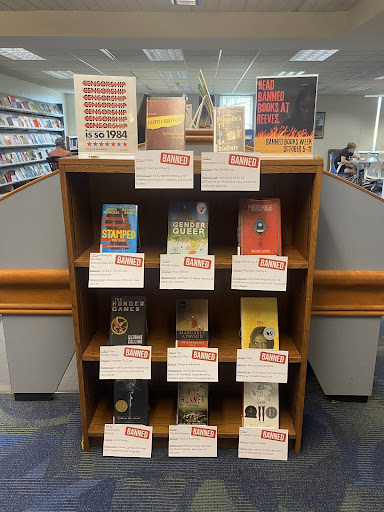
Every September, universities across the country celebrate Banned Books Week, honoring books that have been erased, or attempted to be erased, from society. This event highlights freedom of speech and information,
These are the most highly banned books of 2024, along with their reasoning why:
- “All Boys Aren’t Blue” by George M. Johnson: Challenged for LGBTQIA+ content. A memoir celebrating queer Black identity.
- “Gender Queer: A Memoir” by Maia Kobabe: Challenged for LGBTQIA+ content and illustrations. A powerful exploration of nonbinary identity.
- “The Bluest Eye” by Toni Morrison: Banned for depicting racism and sexual violence. A classic confronting internalized oppression.
- “The Perks of Being a Wallflower” by Stephen Chbosky: Targeted for language, sexuality, and mental health themes. A portrait of teenage survival.
- “Tricks” by Ellen Hopkins: Challenged for sexual content. A raw look at addiction, exploitation, and resilience.
- “Looking for Alaska” by John Green: Censored for “explicitness.” A meditation on grief, curiosity, and growing up.
- “Me and Earl and the Dying Girl” by Jesse Andrews: Targeted for profanity and frank teen humor. Confronts mortality with honesty.
- “Crank” by Ellen Hopkins: Banned for depicting drug addiction. Tells a story of self-destruction and redemption.
- “Sold” by Patricia McCormick: Banned for sexual assault and trafficking themes. Raises awareness of global injustice.
- “Flamer” by Mike Curato: Challenged for LGBTQIA+ content. A graphic novel about queer adolescence and self-acceptance.
If you haven’t noticed a recurring theme, many of these books discuss LGBTQIA+ identities. People often claim bans protect children, but what they really do is protect comfort. Removing books like “The Bluest Eye” doesn’t shield students from harsh truths; it shields adults from self-reflection.
Censorship has never been about protecting readers; it’s about controlling them. When a school district bans “The Bluest Eye” by Morrison for its depictions of sexual violence and racism, it’s not protecting students from trauma; it’s protecting adults from discomfort, and the reality that others have experienced similar trauma. Morrison herself once wrote, “Censorship is a thought control that tells you what to feel, what to fear, and what to dismiss.”
To ban a book is to assume that readers, especially young readers, are incapable of discernment. It’s a vote of no confidence in curiosity itself and represents a lack of faith.
Book bans have surged in recent years, often under the guise of protecting children. The targets are telling: novels about race, sexuality, and gender identity, memoirs by LGBTQ+ authors, and histories that acknowledge systemic injustice.
In 2025 alone, PEN America documented over 6,000 instances of book bans across U.S. schools. While politicians frame these bans as acts of morality or parental concern, the effect is censorship disguised as care.
I know from personal experience that, in high school, multiple books were under consideration for a ban, and I prepared to speak at several school board meetings to protest this fact. Thankfully, my school board didn’t even consider these preposterous claims to ban books, but a large majority of them hoped to carry them out.
Books are mirrors of our society. For some, a story reflects their own experience; for others, it offers a glimpse into someone else’s. When certain books are banned, entire communities lose their mirrors, and the rest of us lose our windows.
Take “All Boys Aren’t Blue” by George M. Johnson. It gives voice to queer Black identity, a reality often ignored in mainstream curricula. When that book is removed from the shelves, it sends a message: Your story does not belong here, or anywhere.
That isn’t protection, but erasure.
Imagine a gender-nonconforming teen who feels alien within their own body; would you rather they take their life out of this discomfort, or read a book and evaluate that they’re not alone? Pardon my strong language, but this isn’t a foreign possibility.
In their 2024 survey, The Trevor Project reported that 46% of transgender and nonbinary youth in the U.S. seriously considered suicide in the previous year, and 14% had attempted it. These are horrifying statistics, and we deserve books that document this.
When books disappear, silence fills the space they leave. Silence about race. Silence about sexuality. Silence about history’s darker corners. And silence, as history has shown, never protects anyone; it only protects the powerful.
Those who ban books often say, “If you don’t like it, don’t read it.” But what they really mean is: If I don’t like it, no one should read it. That’s not a choice. That’s authoritarianism dressed up as parental concern.
Democracy requires friction, and literature provides it. To read freely is to resist conformity. To write freely is to claim space in the human record. When we lose either, we lose not just books but the ability to imagine better futures.
So read the damn banned books! Talk about them. Defend them. Because the day we stop fighting for the freedom to read is the day we start forgetting how to think.
I’d like to give a special shoutout to the Reeves Library and Megan Smith for leading a Banned Books display this month in the library, as well. I’m thankful to be at a school like Moravian where inclusivity is celebrated, not hidden



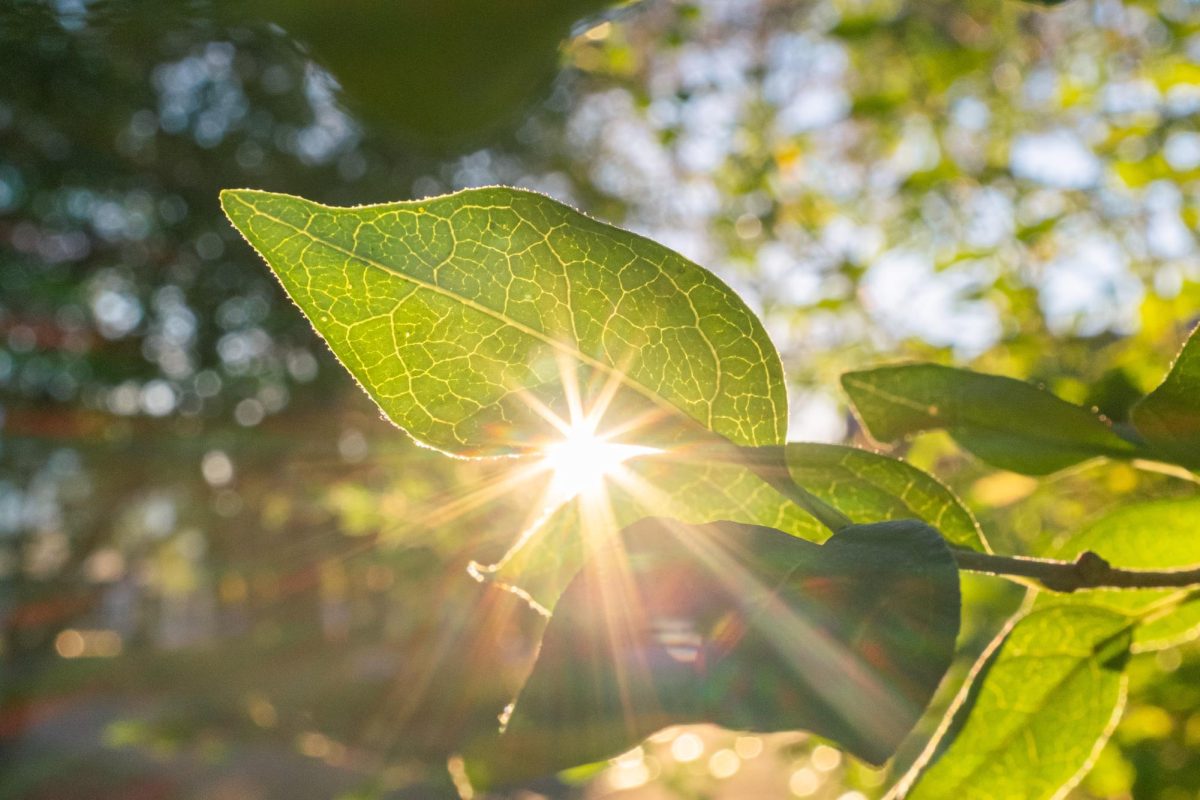
![The Downfall of Taylor Swift: AI, ‘The Life [and Demise] of a Showgirl’](https://comenian.org/wp-content/uploads/2025/10/unnamed-6-1.jpg)
